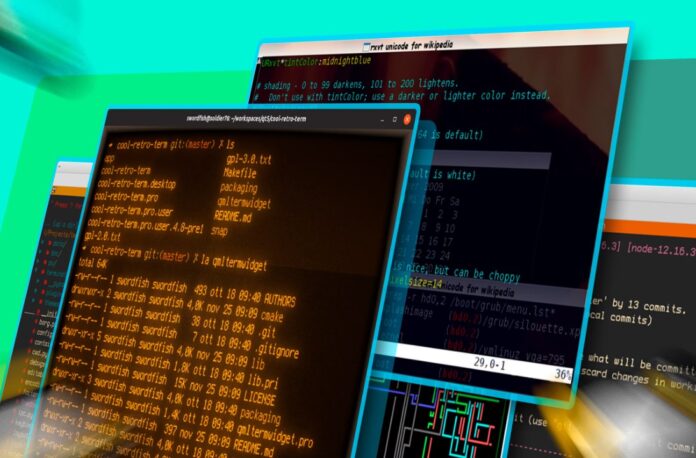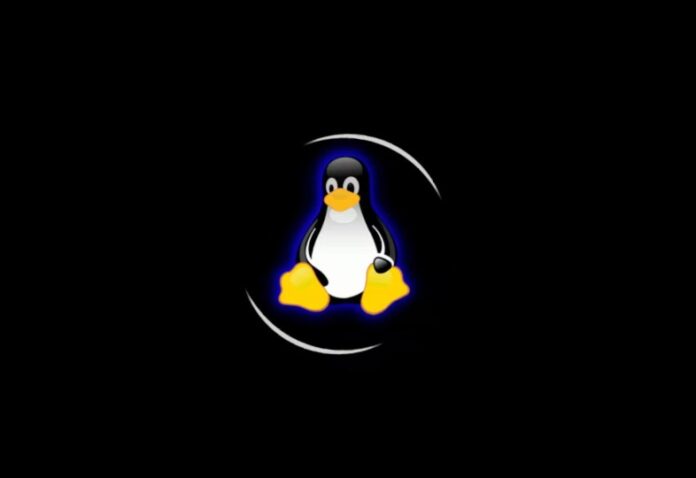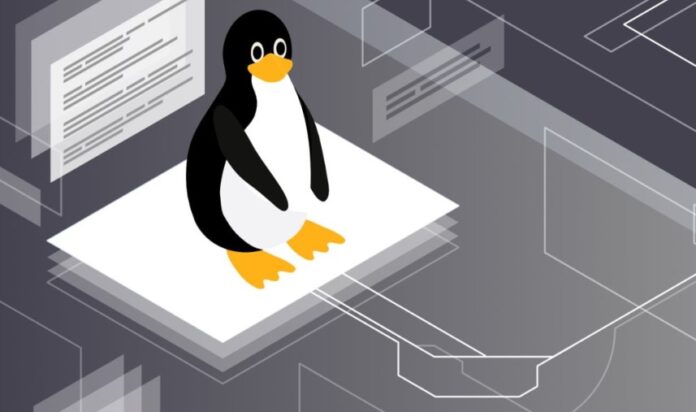Are you looking to dive into the world of Linux but feel intimidated by the command line? Fear not! Understanding the Linux Command Line Basics can unlock your potential to harness the full power of your system. This guide serves as a comprehensive Linux Terminal Tutorial, breaking down essential concepts and commands you need to familiarize yourself with.
The command line interface (CLI) provides a robust environment for performing tasks that might seem cumbersome through a graphical user interface (GUI). In this journey, you’ll develop the skills to navigate your system effectively, manage files, and execute commands effortlessly. Let’s embark on this adventure, transforming you from a novice into a proficient user of the Linux Terminal.
Key Takeaways
- Learn the significance of the command line in Linux environments.
- Gain an understanding of essential Linux commands for beginners.
- Explore how the Linux terminal and shell operate.
- Get acquainted with navigating the file system using Basic Linux Command Line Commands.
- Enhance your technical skills in system administration and development.
- Familiarize yourself with practical applications of the Linux command line.
Introduction to Linux Command Line Basics
The command line interface (CLI) is an essential component of the Linux operating system. Unlike graphical user interfaces (GUI), the CLI allows users to communicate with the system by typing text commands. This method provides flexibility and speed that can greatly enhance your productivity. For those starting their journey with Linux, an understanding of the command line is crucial. Familiarizing yourself with basic commands will set a strong foundation for your skills.
What is the Command Line Interface?
The Command Line Interface is a text-based interface that enables users to interact directly with their operating system. Instead of navigating through menus and icons, you input commands to perform tasks. This approach allows for precise control and can be more efficient, particularly for repetitive tasks. Users can execute a variety of operations, from file management to system configuration, all through simple text-based commands.
Why You Should Learn the Linux Command Line
Learning the Linux command line opens up numerous advantages. The efficiency of executing commands often surpasses that of a GUI, especially for advanced users. You gain the ability to automate tasks through scripting, which can save time and reduce errors. Mastering Linux Commands for beginners can drastically improve your workflow. The cross-platform nature of many Linux commands means that skills developed in one environment can often be transferred to others.
To aid your understanding, refer to a Linux Command Line Cheat Sheet that lists essential commands and their functions. Accessing and utilizing this resource can accelerate your learning and reinforce your command line skills.
Understanding the Linux Terminal

The Linux terminal is an essential tool for interacting with your operating system, allowing you to execute various commands. With the Introduction to Linux Terminal, you gain the ability to harness your system’s power through a command line interface. Understanding the terminal’s workings is key to effectively using Terminal Commands.
What is the Terminal?
The terminal serves as a doorway between you and the operating system, enabling you to input Linux Shell Commands. It is a text-based interface where you can type commands and receive responses. Unlike graphical user interfaces, the terminal allows for more granular control over system operations, making it an indispensable aspect of Linux for both beginners and advanced users.
How the Shell Works
The shell acts as the command interpreter within the terminal, processing your commands and translating them into actions. Various types of shells exist, such as Bash, Zsh, and Fish, each offering unique features and syntax. Knowing how to engage with the shell improves your command line experience significantly. You can switch between different shells in the terminal to explore functionalities that suit your preferred workflow.
Common Shell Prompts and Their Meanings
Shell prompts provide crucial information about your current working environment. A typical prompt may display details such as your username, hostname, and the current directory. Below are some common prompt types you may encounter:
Becoming familiar with shell prompts enhances your ability to navigate the terminal efficiently, a vital step towards mastering Linux Shell Commands.
Linux Command Line Basics ─ Everything You Need to Know to Get Started

Mastering the terminal opens up a new world for managing your Linux system. Whether you’re just starting or looking to solidify your skills, understanding essential Linux commands is crucial. This section will introduce you to the most important commands that every beginner should know, empowering you to navigate and manage your Linux environment effectively.
Essential Linux Commands for Beginners
Getting acquainted with the fundamental commands is the first step in becoming proficient in the Linux command line. Here are a few key commands to start with:
- pwd ─ Displays the current directory you are in.
- ls ─ Lists files and directories in the current location.
- chmod ─ Changes file permissions, essential for file security and accessibility.
Navigating the File System with Terminal Commands
Being able to move through your file system efficiently is vital. Here are commands that will assist you:
- cd ─ Change the current directory. For instance, cd Documents takes you to the Documents folder.
- mkdir ─ This command creates a new directory. For example, mkdir NewFolder will create a folder named NewFolder.
File Management Using Linux Commands
Managing files is a crucial aspect of using Linux. Here’s how you can do it:
- cp ─ Copies files or directories. For example, cp file.txt /path/to/destination/ copies the file to the specified path.
- mv ─ Moves or renames files. For instance, mv oldname.txt newname.txt renames the file.
- rm ─ Removes files or directories, with caution required as deleted files cannot be easily recovered.
To take a better look into the world of Linux commands and expand your knowledge, visit linuxbazar.com. This resource provides extensive information and tutorials to help you master the Linux command line, equipping you with the skills needed to navigate your Linux environment confidently.
Conclusion
In summary, understanding the Linux Command Line Basics is integral for anyone looking to efficiently navigate the Linux operating system. Mastering the command line empowers you to perform tasks with greater speed and precision, ultimately enhancing your productivity in various technical fields, including software development and system administration.









